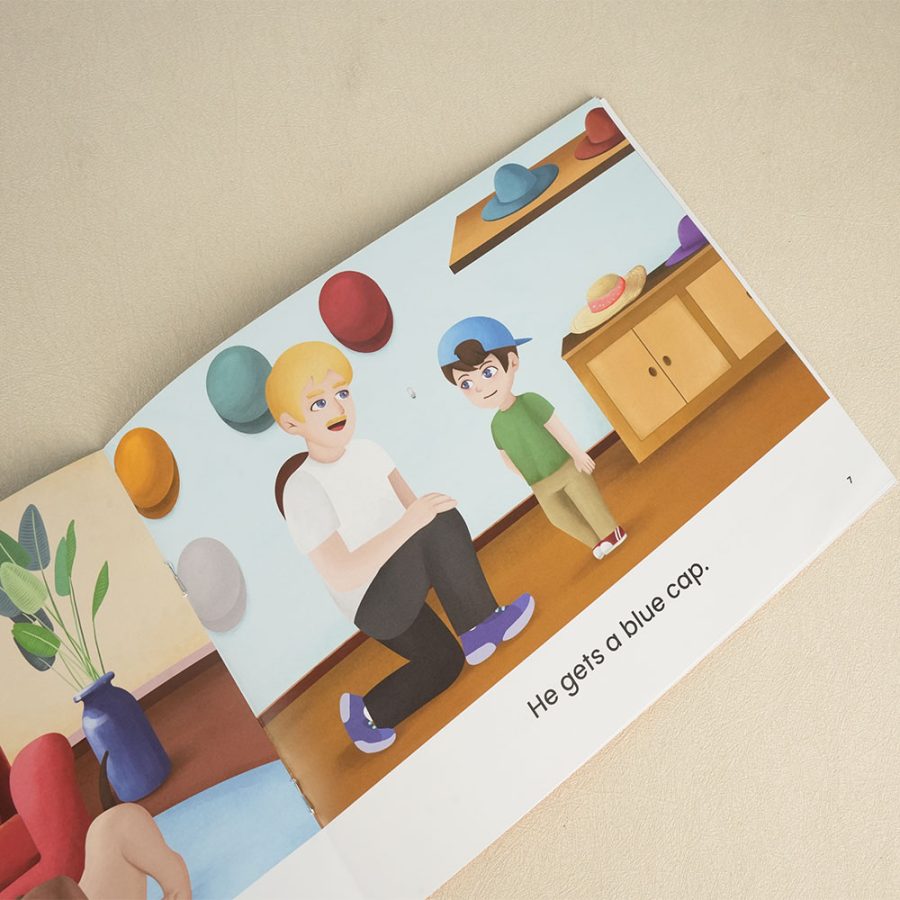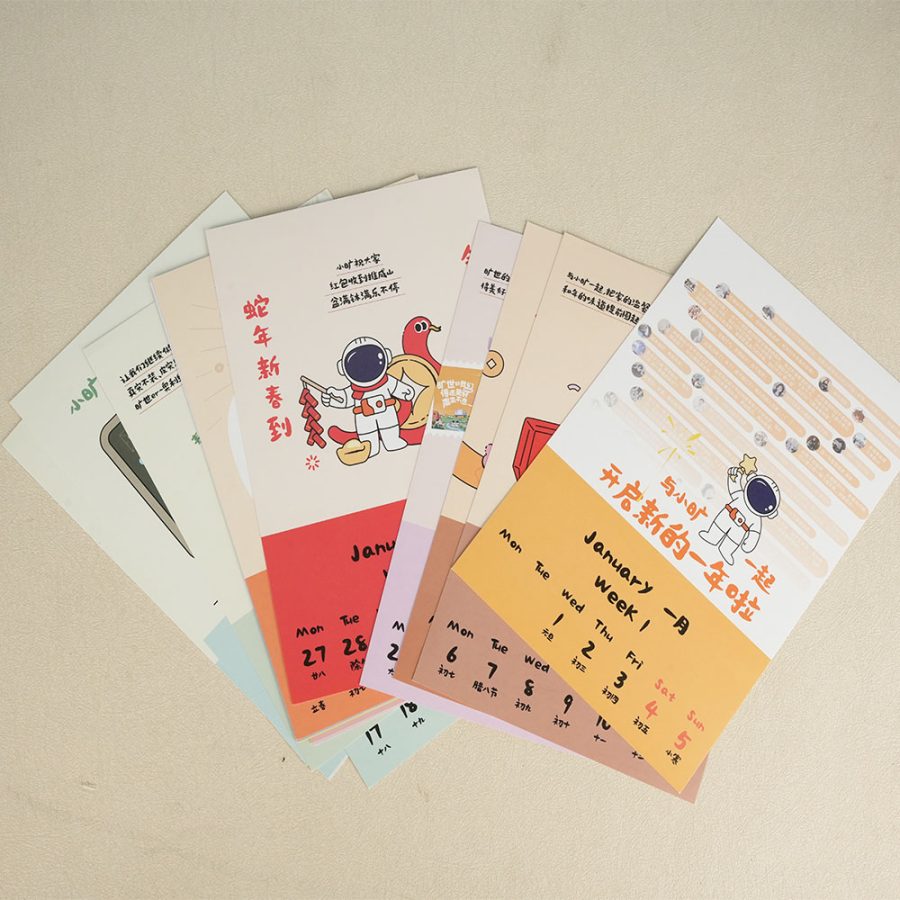Print Paperback Children’s Book: How to Enhance Durability and Functionality
Children’s books are designed to spark imagination, encourage learning, and withstand constant use by young readers. Unlike regular books, they face unique challenges, including frequent handling, accidental spills, rough play, and bending. While paperback books are an affordable and lightweight option, ensuring their longevity and functionality requires careful selection of materials, printing techniques, and finishing processes.
In this guide, we’ll explore how publishers, printers, and designers can enhance the durability, safety, and usability of paperback children’s books to make them resilient, engaging, and practical.
1. Selecting High-Quality Paper Stock
The choice of paper significantly affects a book’s durability, feel, and readability. For children’s books, consider the following:
✔ Paper Weight: Opt for 100–150 gsm paper to prevent easy tearing while keeping the book lightweight.
✔ Coated vs. Uncoated Paper:
►Glossy or Satin Coated Paper enhances colors and protects against stains.
►Matte Coated Paper reduces glare and provides a softer touch.
►Uncoated Paper is best for activity books where children can write or color.
✔ Tear-Resistant Options: Some publishers use synthetic or reinforced paper for added strength.
2. Reinforcing Book Binding for Longevity
Binding plays a crucial role in keeping the pages intact despite heavy use. Here are the best binding methods for children's paperbacks:
✔ PUR (Polyurethane Reactive) Binding: Provides superior adhesion and flexibility, making it highly durable.
✔ Sewn Binding: This method stitches pages together, preventing them from falling out.
✔ Lay-Flat Binding: Allows books to stay open without breaking the spine, ideal for interactive books.
✔ Staple (Saddle-Stitch) Binding: Best for thin booklets, though not as durable as other options.

3. Laminated Covers for Extra Protection
Paperback covers are vulnerable to bending, tearing, and staining. Adding a protective layer can significantly enhance their durability:
✔ Glossy Lamination: Provides a shiny, water-resistant surface, making it easier to clean.
✔ Matte Lamination: A soft-touch finish that resists fingerprints and scratches.
✔ Soft-Touch Coating: A velvet-like feel that also adds durability.
✔ UV Coating: A protective layer that resists moisture, smudges, and fading.
4. Rounded Corners for Safety & Durability
Children’s books should prioritize safety. Rounded corners:
✔ Prevent paper cuts and injuries for younger readers.
✔ Reduce wear and tear on the book’s edges.
✔ Improve aesthetic appeal and handling comfort.
5. Water & Stain-Resistant Printing for Longevity
Children often spill food and liquids while reading. Using water-resistant printing techniques helps maintain book quality:
✔ Synthetic or Coated Paper: Repels moisture and prevents ink smudging.
✔ Soy-Based or UV-Cured Inks: Eco-friendly and resistant to fading.
✔ Spot UV Coating: Adds a protective finish to key design elements like titles and illustrations.
6. Flexible Yet Sturdy Covers
Paperback books should be easy to handle but strong enough to resist bending and damage. Consider:
✔ Heavyweight Covers (250–300 gsm) to add rigidity while keeping flexibility.
✔ Laminated or Textured Finishes for better grip and stain resistance.
✔ Reinforced Spine to prevent pages from detaching.
7. Large, Easy-to-Read Fonts and High-Contrast Colors
Children’s books should be visually engaging and easy to read. Use:
✔ Large, child-friendly fonts (Sans-serif, Dyslexia-friendly).
✔ High-contrast text and background for better readability.
✔ Bold and vibrant colors to capture attention.
✔ Adequate spacing between letters and lines.

8. Sustainable Printing Choices
As children’s books tend to have large print runs, using eco-friendly materials can help reduce waste and carbon footprint:
✔ FSC-Certified Paper – Ensures responsible sourcing.
✔ Recycled or Biodegradable Paper – Reduces environmental impact.
✔ Soy-Based Inks – Safer and non-toxic for children.
✔ Minimal Plastic Coatings – Opt for compostable or recyclable laminations.
9. Enhancing Functionality with Interactive Features
To increase engagement, consider adding:
✔ Coloring Pages & Activity Sections – Encourages creativity.
✔ Flaps & Pull-Out Elements – Creates interactive storytelling.
✔ Touch & Feel Textures – Adds sensory stimulation.
✔ Sticker & Puzzle Features – Enhances cognitive skills.
Final Thoughts
Printing a durable paperback children’s book requires a thoughtful selection of materials, binding, and protective finishes. By choosing sturdy paper, reinforced binding, laminated covers, and safe printing techniques, publishers can enhance book longevity while keeping young readers engaged.
By integrating child-friendly, sustainable, and durable solutions, publishers can create books that not only survive multiple readings but also become cherished keepsakes for years to come.







